Con un doctorado. En psicología y pasión por los animales, FlourishAnyway sabe que los animales pueden enseñarnos más sobre cómo vivir una vida sana y plena.
Un filósofo emplumado, no un cerebro de pájaro
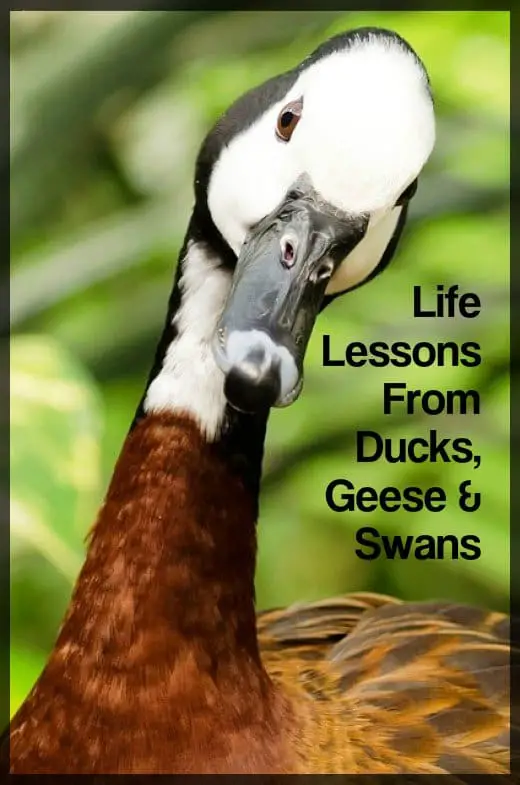
Filósofos emplumados comparten sus consejos para vivir bien
Please don’t say they taste like chicken. No fair calling them «bird-brained» either. And, could you kindly lay off the wisecracks about their waddle? Perhaps you haven’t seen yourself walk since you put on those last five pounds.
Give the Goose and Friends Some Respect
Ducks and geese have an inferiority complex when it comes to their reputations with humans. They’re tired of being stuffed for Christmas dinner and plucked for their soft feathers.
Together they’ve joined wings with their more uppity and contentious cousins, the swans, who have image problems of their own. Swans are widely regarded as having an especially nasty disposition.1
These feathered philosophers want your respect, and to earn it they are sharing five tips for living well.
Awesome New Yoga Pose: Sitting Duck
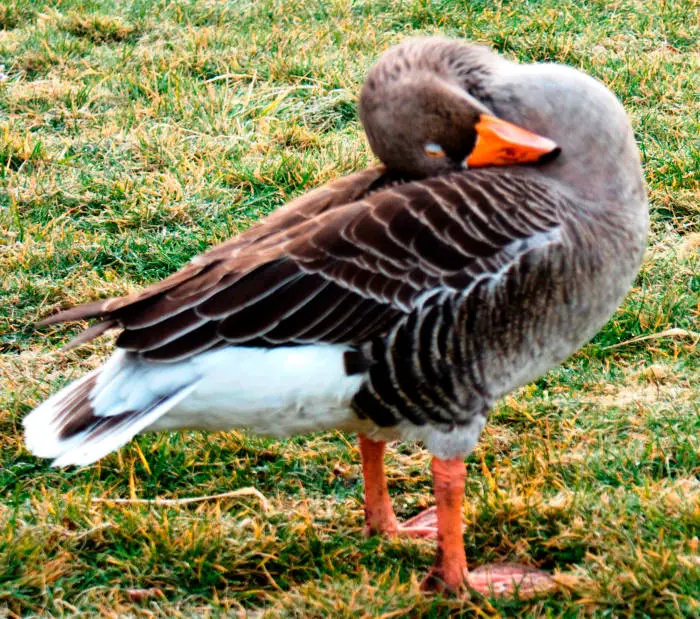
Reader Poll
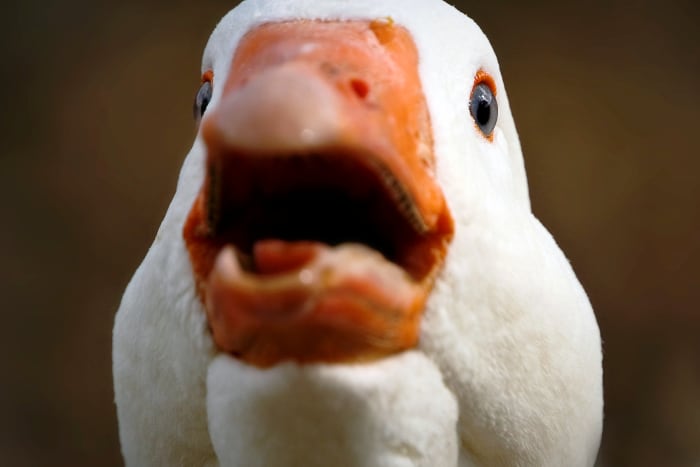
Toe-Touching Flexibility Reveals the Flexibility of Your Arteries
While we humans cannot acquire more vertebrae, we can work with the body we have to ensure that it’s in the best shape possible.
Did you know that flexibility is a key indicator of cardiovascular health for people 40 years or older? Medical research has found that if you are flexible enough to touch your toes in the sit-and-reach test, then chances are your arteries are also flexible.3
Doctors are uncertain why this is true, but they do know that healthy arteries are more resilient. The stiffness of our arteries increases as we age. Inflexible arteries are associated with high blood pressure and are a risk factor for heart attacks, strokes, and death.4
Sit-And-Reach Test
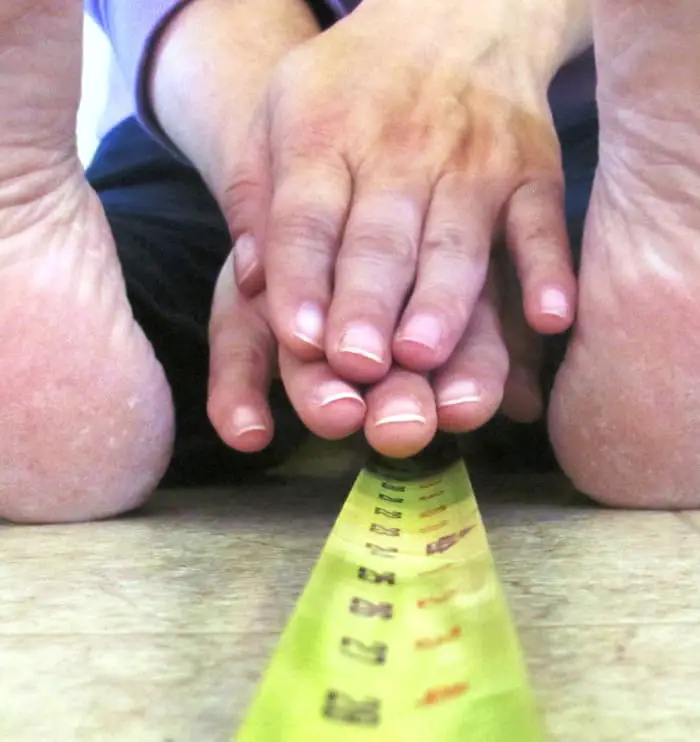
Are You Loose as a Goose? Try the Sit-And-Reach-Test
Assess your own flexibility using these simple steps:5
- Sit on the floor with your back against the wall.
- Place your legs straight out in front of you with your toes pointing straight up. Your ankles should be about 10 inches apart.
- Place a yardstick or rigid tape measure on the floor so that it lines up with your ankles at the 15 inch mark (~38 cm mark).
- Placing one hand over the other, slowly reach forward from your hips towards your toes. Do not bounce or lunge. Reach as far as you can, and measure how far you can reach on the yardstick.
- Repeat the process three times, and interpret your results using the table below. (Use the best of your three attempts.)
How to Interpret Results of the Sit-And-Reach Test
| If You Are A … | Your Flexibility Is AVERAGE If You Can Reach | Your Flexibility is EXCELLENT If You Can Reach |
|---|---|---|
|
Man under 55 |
12 inches (30.5 cm) |
19 inches (48.3 cm) |
|
Woman under 55 |
16 inches (40.6 cm) |
21 inches (53.3 cm) |
|
Man 55 or older |
11 inches (30.0 cm) |
17 inches (43.2 cm) |
|
Woman 55 or older |
15 inches (38.1 cm) |
20 inches (50.8 cm) |
So «Waddle» It Take to Get You Stretching?
If you aren’t as flexible as you should be, medical researchers recommend integrating Pilates, yoga, and stretching exercises into your exercise routine. Such exercises may help you modify the age-related stiffness of your arteries. Start now, and pretty soon you’ll be loose as a goose!
Swans: Romantic Birds With «Fowl» Tempers

Trumpeter Swan Fact
Trumpeter swans were believed to be extinct in the 1800s. Native to the Northern United States and Canada, they were overhunted and killed by the thousands for their feathers. These feathers were shipped to Europe to produce powder puffs and ladies’ feathered hats.
Lesson 2: Couples Enjoy Friendship Plus Other Benefits
Swans float gracefully along the surface of the pond in pairs, necks curved. We uphold them as the epitome of romance and committed relationships.
Although «divorce» sometimes occurs, swans generally form pair bonds that last their entire lives—an average of 10 years in the wild and 30 or more years in captivity.6 If one mate dies, the other goes through a mourning period. It remains alone for several seasons before finding another mate or joining a flock.
Lifelong partnerships provide swans significant reproductive advantages, as both males and females cooperate in raising their young (called «cygnets»).
Humans also reap rewards from matrimonial partnerships, and the benefits go far beyond having a steady partner to fluff your feathers. Men, however, often get more out of the arrangement than women.
Who’s Your Daddy?
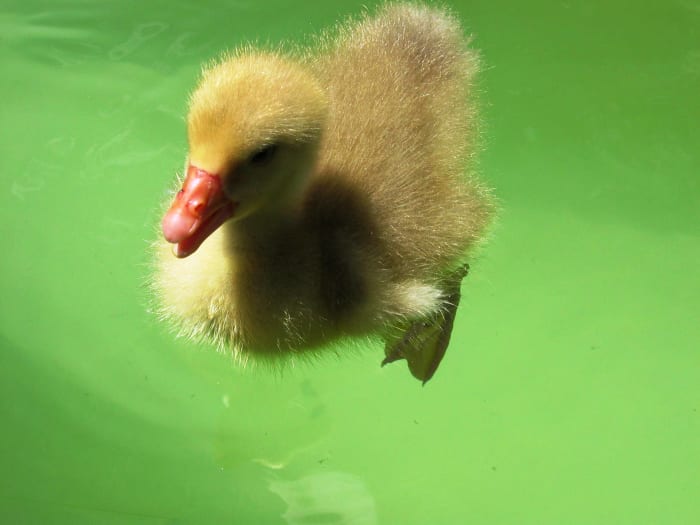
Financial Benefits
The financial pluses of marriage are not limited to sharing expenses and combining resources. Married couples have an average of twice as much in the bank as unmarried couples.7 Married people also gain access to health care coverage, lower rates on auto premiums, Social Security survivor benefits, and other federal benefits.
Career Benefits
A married man earns approximately one-third more than his single buddies, and men who are cohabiting with a partner earn on average 15-20% more than single men.8 Men’s pay levels benefit from marrying earlier, regardless of whether they are high school graduates or more educated.
For women, this is not the case, however. If they have at least some college education there is a career income benefit to delaying marriage until after age 30.9
How Many Birds Is This Woman Wearing?
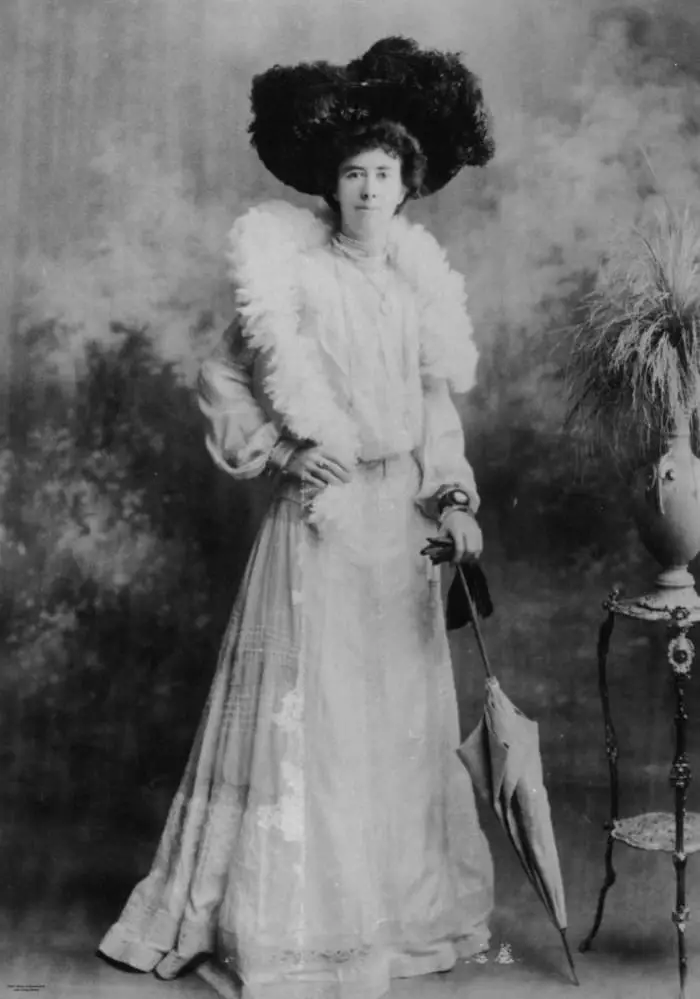
Health and Longevity Benefits
Wedded bliss also contributes to health and longer lifespans. Research has found that not having a life partner or spouse during middle age is associated with premature death; never married people are twice as likely to die during middle age.
According to one study, men don’t even have to be involved in a happy marriage to reap its health benefits. Compared to single men, married men had a 46% lower likelihood of dying—even if their marriage was unhappy.10
However, studies tend to indicate that women reap the health rewards of marriage only when it is a happy one. Happily married women gain less weight, have lower cholesterol, and are less likely to experience depression and heart disease.11
For both men and women, marriage can be especially beneficial during times of serious illness. In a large-scale study of married and unmarried cancer patients, those who did not have a spouse were
- 17% more likely to have an advanced stage of cancer at the time of diagnosis
- 53% less likely to receive appropriate therapy than married patients and
- 20% more likely to die than married cancer patients.
So there you have it: matrimony can provide a key survival benefit.
Not an Ugly Duckling Among Us

Reader Poll
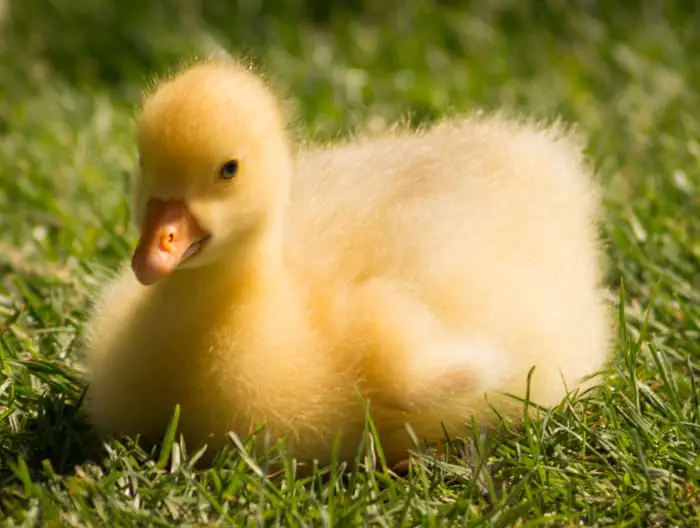
Lesson 3: Preen a Little
Ducks, geese, and swans engage in preening, or self-grooming of their feathers. Preening removes parasites and helps keep them both clean and dry. The birds use their bills to align their feathers just so and to coat them with a special water repellent substance from their preen gland.
Just as preening helps ducks, geese and swans to look their best, it can also help you.
The Attractiveness Bias: «What Is Beautiful Is Good»
Beauty confers a lot of benefits, even if it is a surface quality.12 Physically attractive people are perceived as happier, more sociable, and more successful than the «uglier ducklings» among us.
The attractiveness bias extends to teacher ratings, voter preferences of political candidates, and juror judgments. The attractiveness bias is sometimes referred to as «the what is beautiful is good» effect because we tend to associate attractive people with desirable qualities.
